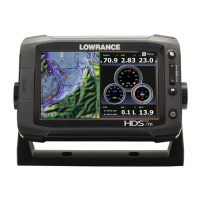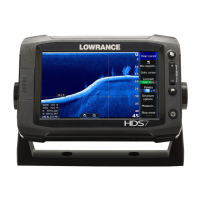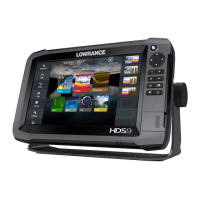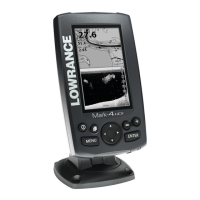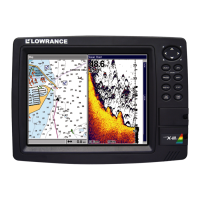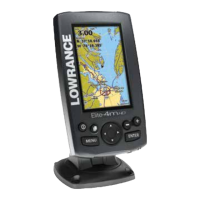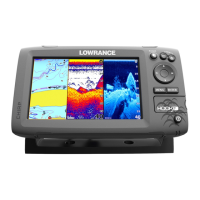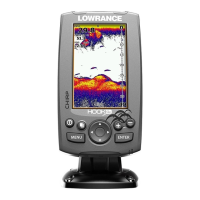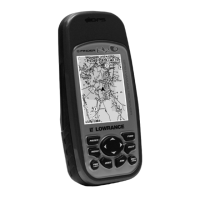What to do if normal operation is not possible on my Lowrance HDS-12m Gen2 Touch GPS?
- HhsanchezJul 30, 2025
If normal operation of your Lowrance GPS isn't possible even after restoring defaults, switch off the unit, press and hold the zoom in and out keys, and then switch the unit back on. Release the zoom keys after you hear a second beep, which confirms the reset.
